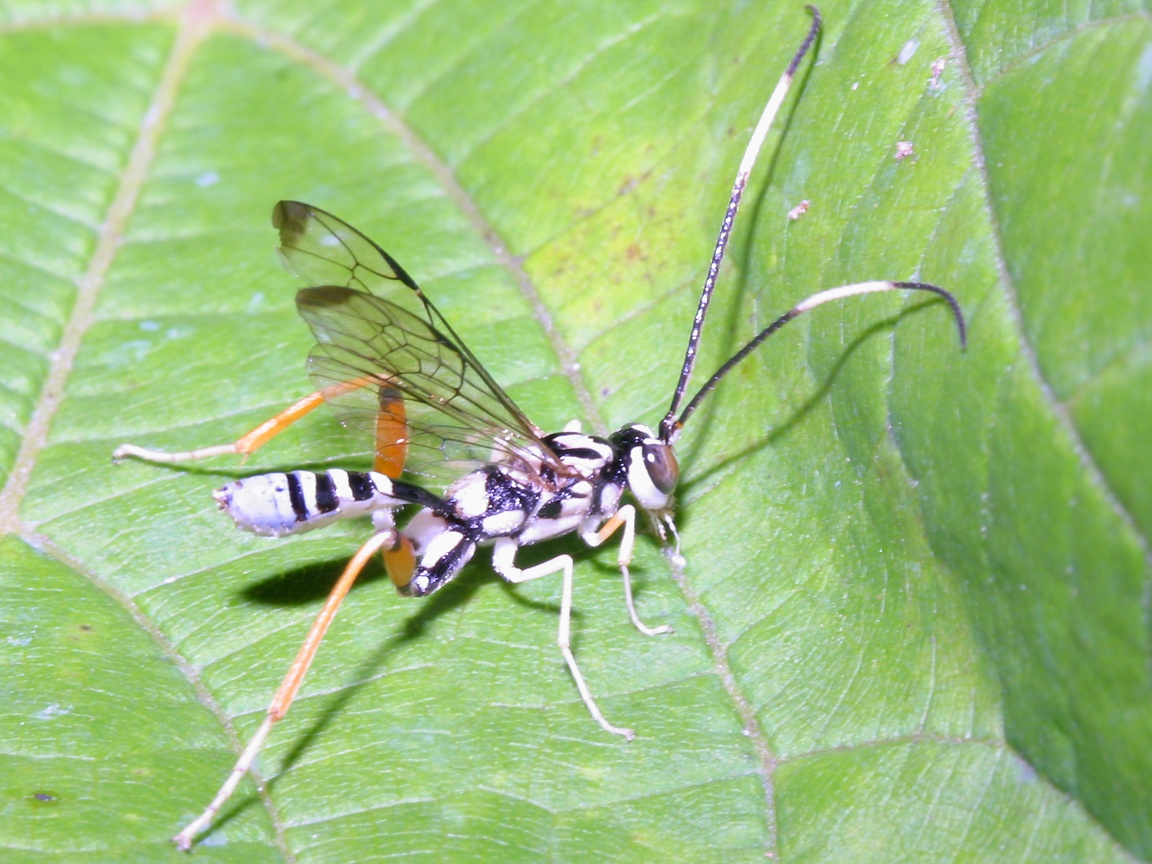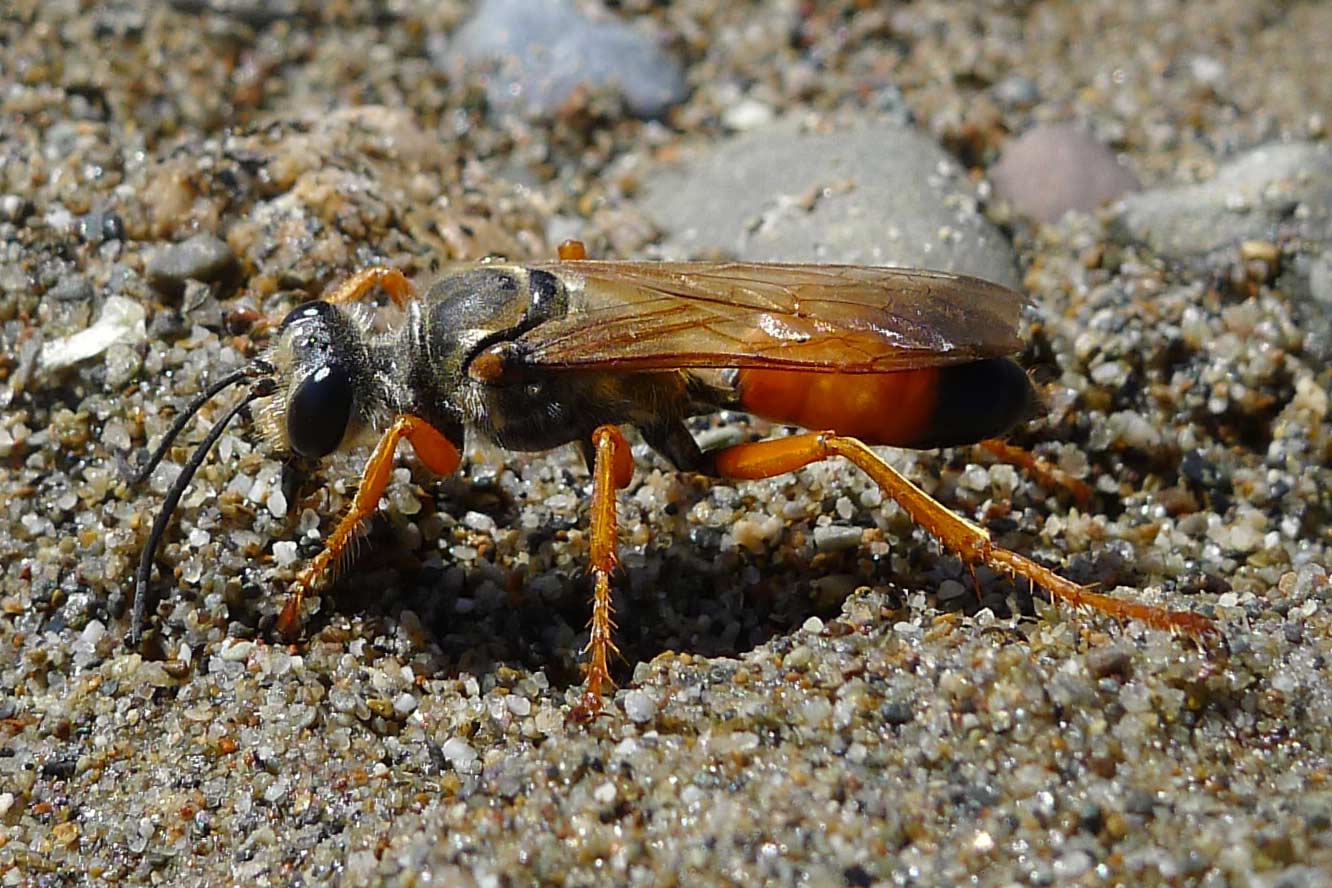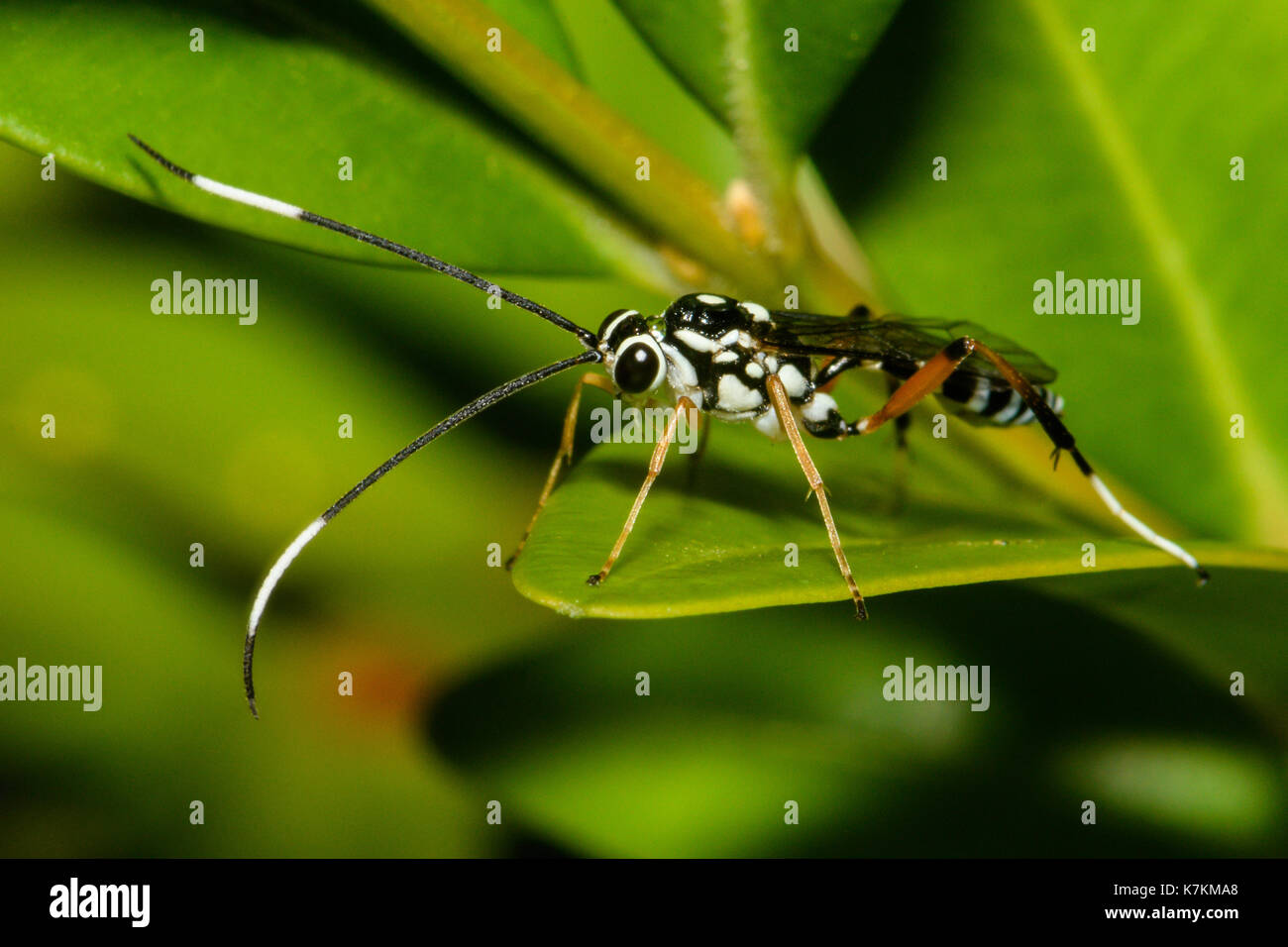

It is common to discover nests unexpectedly when doing yard work like mowing the lawn or cleaning gutters.

Yellow jackets and hornets are stout and very colourful with bold yellow, white, and black markings on their bodies and faces. The body size and colour of a wasp varies depending on species. The last segment of the abdomen in female wasps is modified into the egg-laying ovipositors.

Like most insects, the head bears mouth parts, sensory organs, compound eyes, and segmented antennae. The thorax has three pairs of legs and two pairs of membranous wings which are used for flying. The thorax is joined to the abdomen by a constricted petiole giving the appearance of a thin/slender waist.

Wasps possess three distinct body parts: head, thorax, and abdomen. A yellow jacket colony can grow as large as 5,000 yellow jackets in a single season.A typical wasp is hairless, unlike common species of bees. Nests grow from the size of an orange to the the size of a football. In homes and buildings, they commonly build their nests in underground holes, soffits, eaves, vents, behind shutters, in attics or wall voids. Yellow jackets nest in the ground, on buildings, and in trees and shrubs. Yellow jackets are actually beneficial to our ecosystem as they eat house and blow fly larvae, and insects that can damage crops and ornamental plants in your garden, like caterpillars. They are often a huge nuisance in late summer when their populations are large and their nests are located near people. Yellow jackets are super aggressive and more than willing to sting for any reason. They are often misidentified as honey bees. They scavenge trash cans and picnics, as they are attracted to human garbage. They have bullet shaped bodies and yellow and black stripes that ring around their abdomens. Yellow jacket wasps are social wasps that live in colonies, with a caste system.


 0 kommentar(er)
0 kommentar(er)
